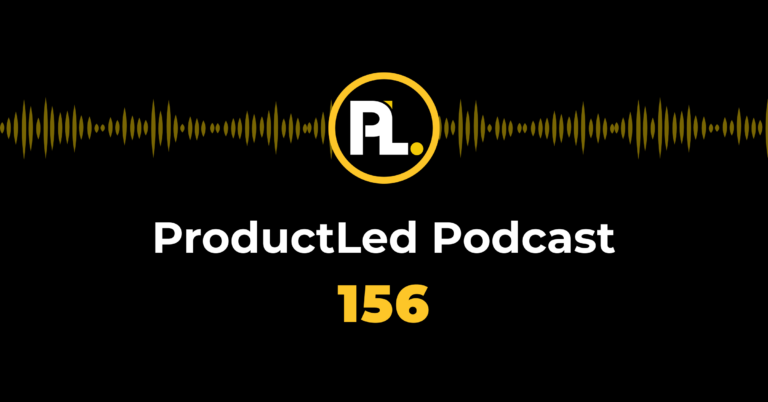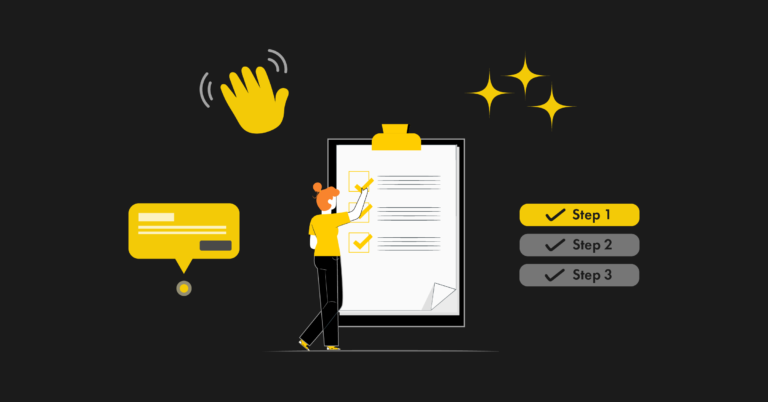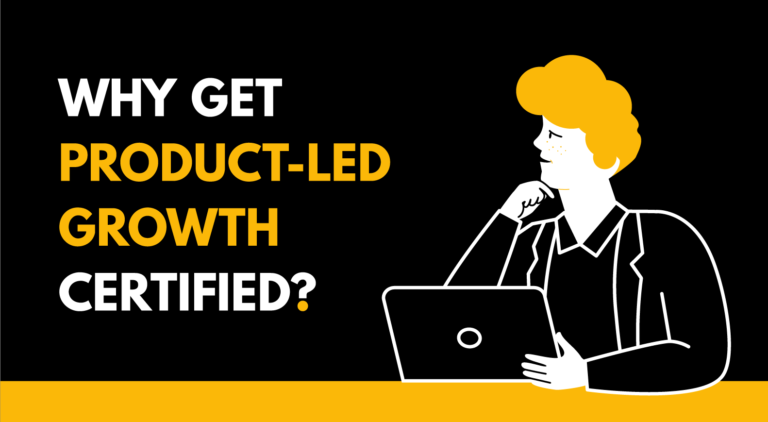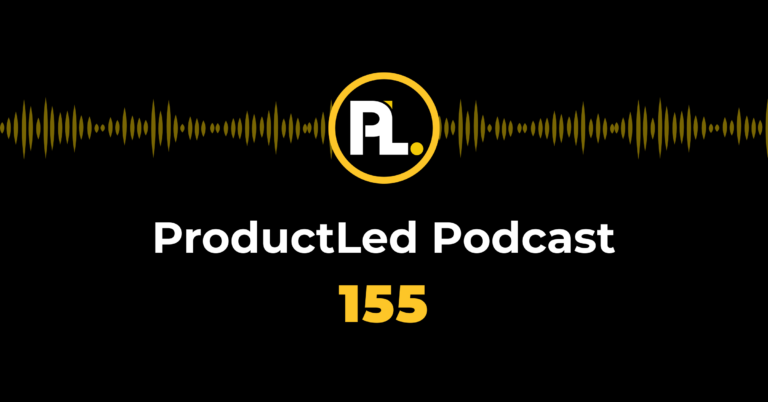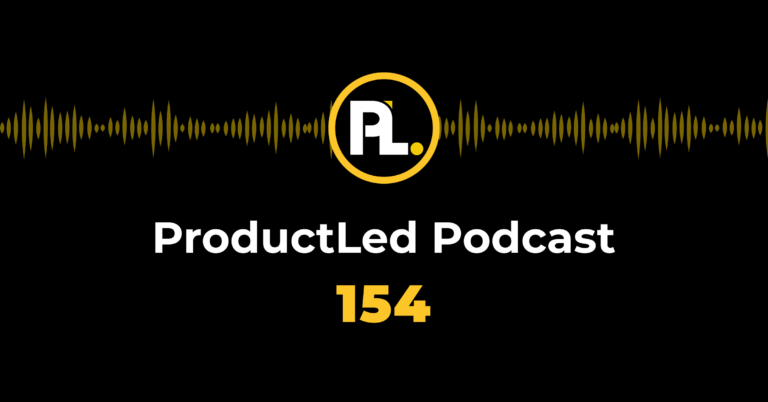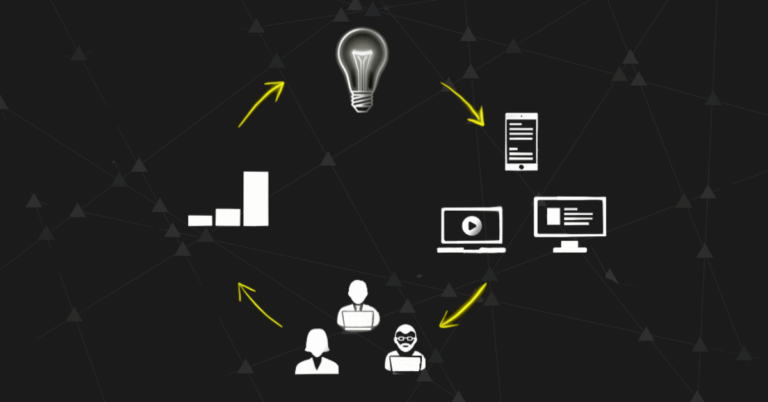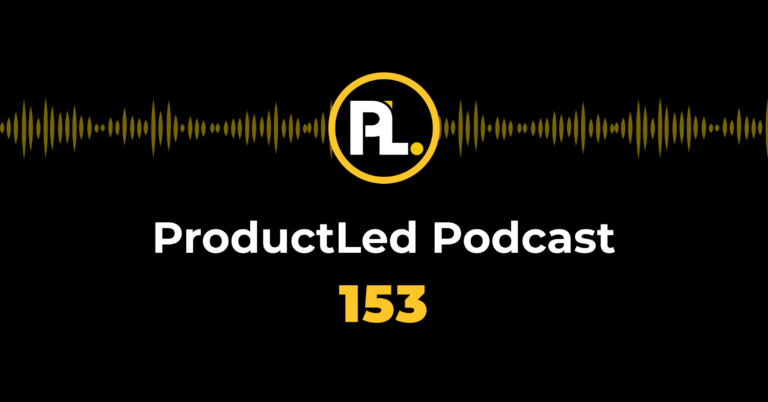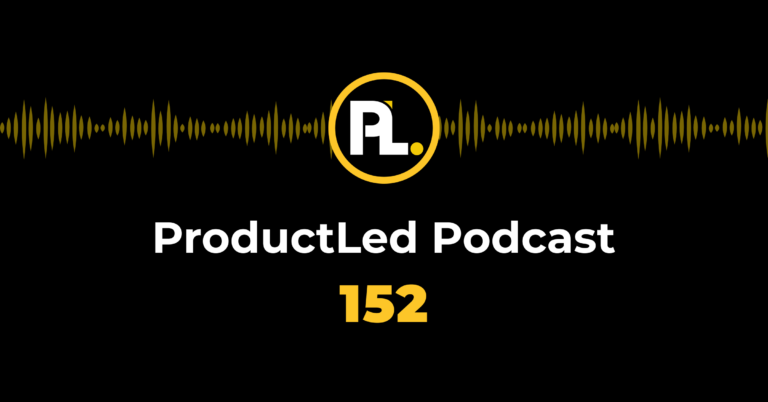Like many companies, Cobalt understood the benefits of product-led growth (PLG) such as lower customer acquisition costs and a shorter sales cycle. But the path to success wasn’t defined when our company decided to transition from sales-led to product-led.
In this article, I’ll dive into the hurdles Cobalt overcame during the transition from sales-led to become a product-led organization. By doing so, hopefully, you will learn what PLG pitfalls to avoid and accelerate your own company’s growth.
This blog is a summary of some of the topics discussed in this podcast episode from 2021
Product-Led vs. Sales-Led: What's the Difference?
A product-led business uses its product as the primary vehicle to acquire, activate, and retain customers. Satisfying the end-user is critical in a PLG strategy.
On the other hand, a sales-led company depends on a Sales or Customer Success team to tell potential customers the value of its products. Sales teams are responsible for assessing user problems, seeking leads, and marketing product features and customer success does high touch support for the customer on using the product and achieving the right outcomes.
Cobalt is a SaaS security platform that provides penetration testing, called pentesting, simulating cyber attacks against websites to check for vulnerabilities. Cobalt started with a sales-led engine in motion yielding fast growth.
So, why would we want to veer away from a successful business model and transition to a product-led approach?
Why do the transition as successful company?
As a modern Pentest-as-a-Service provider (which delivers pentesting at scale via a modern SaaS platform), Cobalt was already more product-led than the primary competition: consultancies.
To compete with these incumbents we had added a high touch sales and customer success model to build trust and to handhold and educate customers on the new model.
But innovation and understanding the importance of standing out from the competition had always been part of our company’s culture. So as the Pentest-as-a-Service market matured, we started looking into product-led Growth due to 4 main reasons:
- We were fans of the product-led model and always aspired to be as product-led as possible. Success stories from other companies only strengthened this aspiration.
- The new end-user era is becoming more dominant in SaaS. Users expect to be able to self-serve and a modern SaaS business should adapt to this model to be future-proof.
- The modern Pentest-as-a-Service (PtaaS) delivery model Cobalt invented was no longer a novelty, the market had matured, which meant that the customers required less education and trust-building, than in the early days where the only way to deliver pentests was through consultancies.
- The CAC/customer service cost for the smaller customers was too high in a sales-led model and the high touch model added unecessary friction.
So before I get into our transition, let’s look at the main benefits of this business strategy.
Benefits of a Product-Led Approach
For Cobalt, the benefits of a product-led approach include the following:
Instant Problem-Solving for the Customer
Consultancies have traditionally dominated the pentesting industry, and the sales representatives of our competitors spend months working with customers to tailor their services.
A considerable benefit of Cobalt’s product-led model is that you can start a pentest in less than 24 hours and do pentesting at scale self-service. The project to become more product-led was to further enhance this strength and make it even easier for customers to self serve.
Reduced cost and higher value conversations
By empowering end users to self-serve they can handle the more basic pentesting challenges themselves, and this reduces service cost and gives space to Sales and Customer Success to have higher value conversations with customers, and only speak with the customers who actually need it.
Our Transition From Sales-Led to Product-Led
The product-led transition at Cobalt started slowly by making people aware of the initiative.
Getting Buy-In From Management
Changing a company’s sales-led business playbook requires buy-in from internal stakeholders. Your go-to-market leadership, like Sales and Customer Success, needs to be on the same page as your Product team.
To begin with we organized meetings to develop a unified message and plan. We addressed issues such as:
- Why is the company transitioning to a product-led model?
- How is the product-led transition beneficial?
- In what ways does PLG impact their team?
- Why are other companies going sales-led to product-led?
How to Iterate Fast
Changing to PLG can be a long process. But to move faster one should consider reducing scope and doing small rapid changes.
Cobalt has several customer segments, including growth, small to medium, corporate, and enterprise businesses. To begin with, we focused our product-led journey on our most simple segment – growth – because their needs were easy to analyze.
The lessons and takeaways from this concentrated effort allowed us to iterate more quickly and get buy-in from the organization to move faster.
Change Management
Change starts with leadership. At Cobalt, management played a huge role in helping explain why every team benefits from PLG.
A company is theoretically removing a segment from your Sales and Customer Success teams, but you’re also introducing new segments while transitioning from sales-led to product-led.
Cobalt continues to grow fast, and we’re constantly getting new customers. With our product-led model, our salespeople never lack opportunities to work with potential users. Instead, the sales and CS people may adapt to serving the next segment or become experts in handling product-led leads.
The Challenges of Implementing a Product-Led Model
Issues such as industry, company size, internal communication, and team dynamics are a few issues that make adopting a product-led model more difficult.
Here are a few challenges Cobalt had to overcome:
Getting Leadership on Board
It’s generally easier for startups to adopt a product-led model because fewer employees and established processes exist. In contrast, Cobalt had more than 100 employees when we started our product-led initiative.
At Cobalt, establishing a strategic plan to implement PLG was crucial for getting our entire company behind the CEO’s vision. Management must understand their department’s role in the product-led marketing plan and share how their teams benefit from the change.
It can be difficult for employees to understand the purpose of transitioning to a product-led approach when a company has experienced successful sales-led growth. But by communicating the value from an aligned management team and showing success stories from other companies, one can overcome this challenge.
Finding the Balance Between Quickly and Carefully
Change is easier to implement when it comes from the top. Still, leadership needs to be mindful that moving from sales-led to product-led is a culture change for the company.
At Cobalt we recognized the importance of initiating change gradually. A slower pace allowed departments like our Sales and Customer Success teams to learn new roles and build confidence in PLG through small-scale wins.
But one should also not move too slow.
For example, a big win for quick progress was when the Customer Success team decided to go all-in and make the growth segment a self-service segment from a certain date. Instead of waiting for the product to be fully ready and perfect, they took the chicken and egg decision and it helped speed up progress.
Cross-functional alignment
Sales-led businesses are traditionally split into a product side and a business/GTM side and within these groups you have subteams, with different responsibility areas. But when moving to product-led growth all of these teams need to agree an aligned and streamlined process. This requires significant cross-functional collaboration and alignment. At Cobalt we overcame this challenge by assigning a program manager to help drive and coordinate progress.
Navigating the Possibility of Loss
A company can make do product-led for every customer segment. Still, Cobalt focused on one customer segment with a self-serve model. Initiating our product-led initiatives on a small scale allowed us to learn about our target audience without substantial customer and financial risk. Later, we planned to expand positive PLG efforts steadily into other customer segments.
Still on the journey
Cobalt initiated the journey to become more product-led, but is definitely still on it.
Changing the culture to be product-first in an established and successful sales-led organization like Cobalt is hard to do overnight. But just by initiating it, you get more cross-functional alignment and a more product focused organization.
If you are however a new startup, like my new company Userflow I highly recommend one just do PLG from day 1, especially if you are in a red ocean market. If you are in a blue ocean market like Cobalt was in the beginning you might need to be more sales-led, but still always keep the product-led motion in mind.
Examples of the best product-led growth companies
Take a look at some of the best product-led growth companies in the SaaS industry:
Airtable
Airtable is a spreadsheet-database hybrid that gives you access to applications and provides different viewing options. The online system helps unify teams by storing, organizing, and sharing company data.
Upon login, Airtable makes it easy for users to invite their coworkers to join the platform. The SaaS company understands that buy-in from more than one company member improves the likelihood of the continued use of their software and subscription signup.
Large teams can pay for more features included in Airtable’s Plus and Pro plans. Additionally, enterprises with advanced customization needs can contact sales.
DocuSign
DocuSign has goal-oriented onboarding that drives users toward the specific action of e-signing critical and essential agreements.
The company’s product-led model includes a DocuSign Free Edition that users can sign up for that lets them electronically sign as many documents as they want. This free product is convenient for people who, for example, need a paperless option to sign tax documents for their accountant.
Annual and monthly plans are also available for individuals and businesses who want to send documents for eSignatures and integrate them with other applications and professional features.
Shopify
While Amazon is a marketplace, Shopify is an e-commerce platform that gives you the tools to build your online store and sell goods quickly.
The Shopify website has examples of what online stores for various industries can look like.
Shopify is a leading product-led SaaS company with painless onboarding. Shopify removed email verification from its sign-in, which creates unnecessary friction, and the process only involves an email and password.
Slack
Slack markets itself as your digital headquarter. Now, more than ever, teams are working from home and in different time zones, and effective communication is crucial – enter Slack.
The product-led SaaS company utilizes a network effect to get user buy-in. In other words, its users do most of the work getting others to use the product.
Users can get to know the basics of Slack with its Free plan that focuses on one-on-one collaborations. Multi-person teams benefit from the platform’s more dynamic collaboration tools, customizable sections, etc., offered in its paid Pro, Business Plus, and Enterprise Grid.
How Can Your Company Make the Transition?
The ProductLed Accelerator is ProductLed’s live, online program that helps companies make the transition to PLG without the trial and error phase.
In week 1, we discuss how to develop your product-led strategy, which leads us to identifying your product-led model in week 2. By week 3, we will show you how to build your onboarding sequence. We finish the course by optimizing your monetization strategy in week 4.
Along the way, we offer case studies, decision frameworks, templates, and worksheets so you can learn how to put the strategies to work for your company. We host Zoom workshops every Tuesday throughout the program to answer questions and offer feedback. You get access to a private Slack group to connect with your cohort and get help from leading industry experts. Plus, you have access to all course materials for a year.
After completing the ProductLed Accelerator Program, our students know exactly what to do to improve their conversion rates and attract loyal customers. Enroll today in our next cohort.

